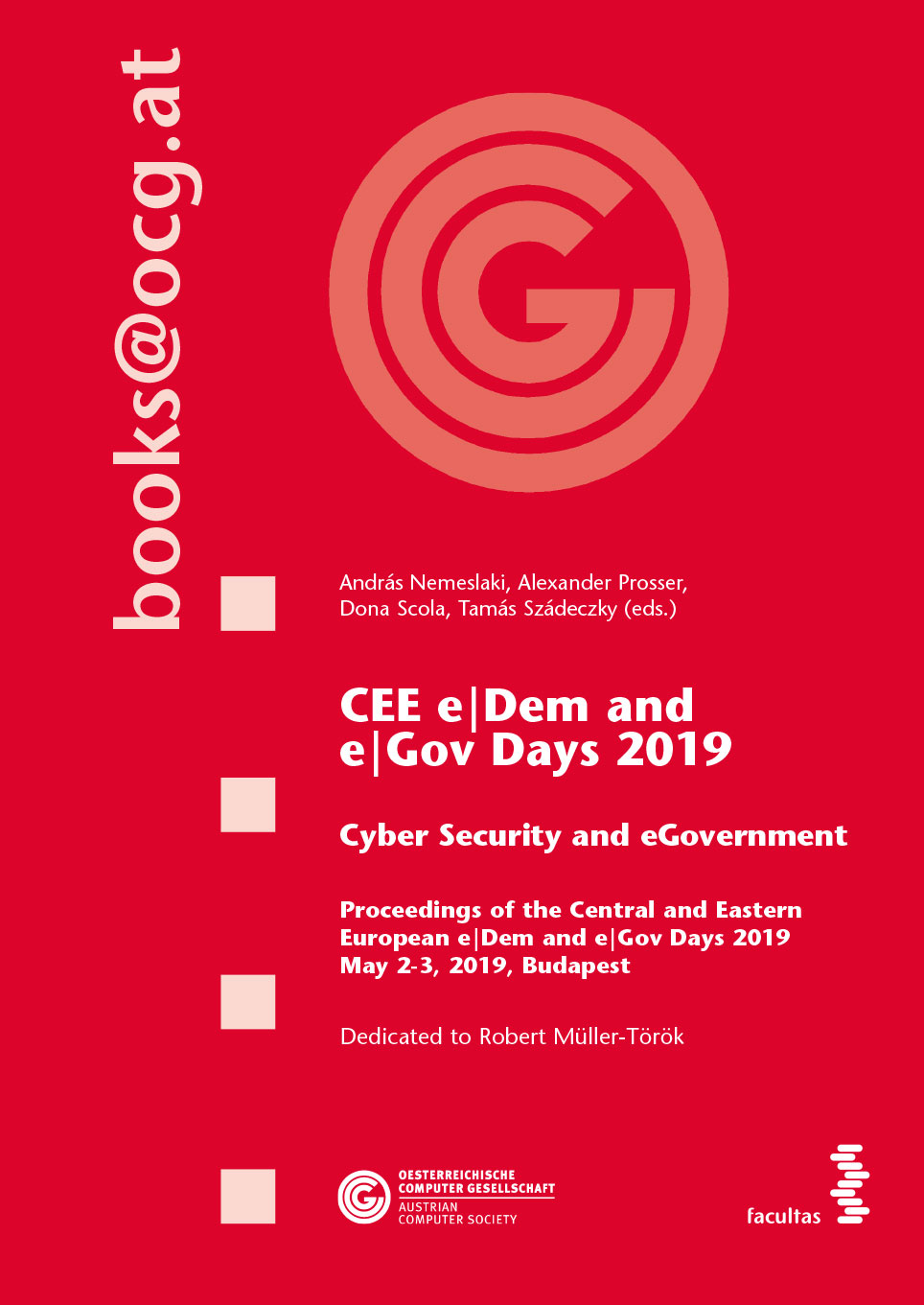Digitisation and system integration in the public sector – Consequences for teaching
Main Article Content
Article Sidebar
Abstract
The digitisation of public sector ICT is driven by a number of factors, which are not altogether dissimilar from the private industries: Increased self-service via the Internet, the Internet of Things (IoT), real-time business intelligence and the advent of integrated information systems as the “backbone” of organisational ICT. This fundamentally changes the landscape of public sector ICT. Particularly the smart cities concept has become a main driver of this evolution, whereby the smart cities concept heavily relies on an intelligent infrastructure that is the large-scale application of IoT.
However, how does this translate into public sector-oriented education? This paper presents a university level teaching programme that covers the topics of integrated information systems for the environment described above. The paper deals with the research question how to embed such a programme in a conventional public sector-oriented university course programme. It details the didactic specificities and analyses the feedback from the roll out. It also analyses the prior knowledge required from students and the changes in other elements of a public administration course programme necessitated by a digitisation orientation.

